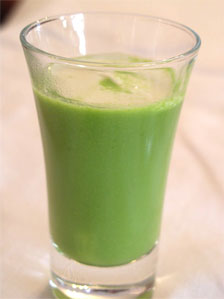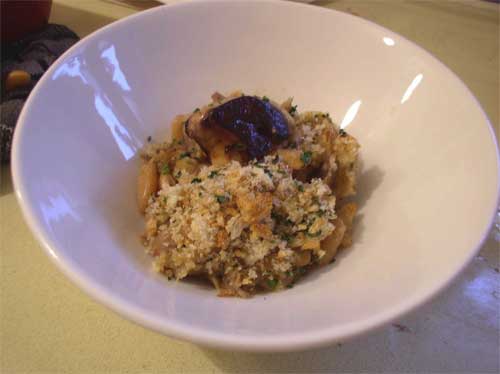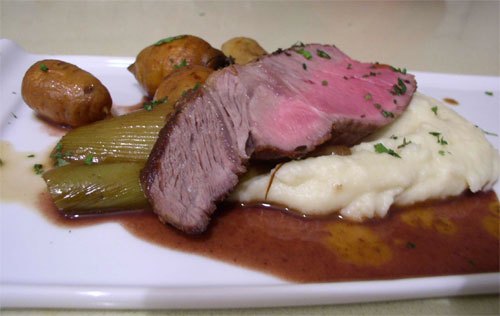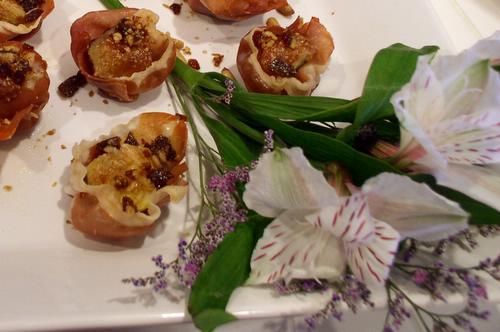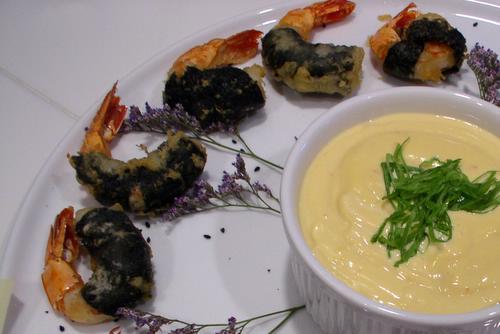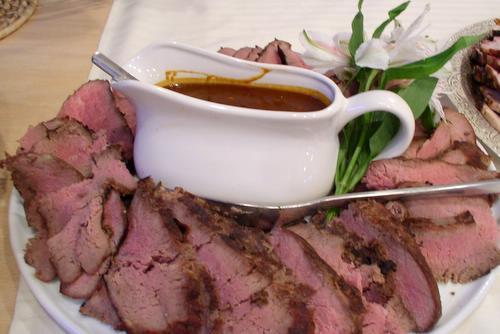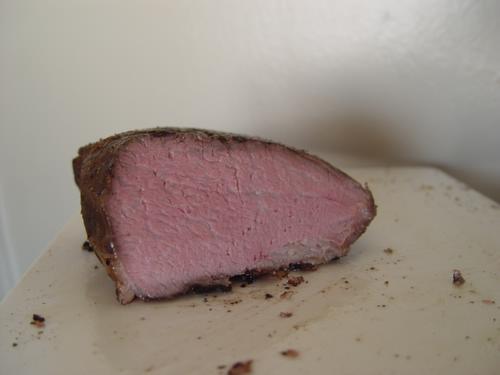In a restaurant, one cook is often designated or assigned to cook family meal, the name of the meal for the staff - including cooks, managers, servers, etc. It's often a thankless job, and is in addition to the normal duties of setting up the station, prep work, etc. Sometimes it's assigned in rotation, changing from day to day from cook to cook. Often there won't be much to work with, maybe some trimmings from meat butchering, or maybe two whole chickens to feed 15 people. And that cook gets to hear all the complaining: "Can't we have something other than chicken/pasta/eggs/rice?" "Can't we have some fresh vegetables? Why is family meal always deep fried? Isn't this leftovers from the other night? Why is there always bacon in everything?" Some cooks dread it or even hate it.
I guess I'm an oddball, but I actually enjoy making family meal.
It can be a means to gain respect in the kitchen. If you can take a few bits of meat, two links of sausage and a handful of shrimp and make a decent paella, you earn a few points. If you can cook up a nice pasta dish for the staff, it might help you get promoted to working the pasta station.
One of the things I enjoy about the process is that there is a hidden vocabulary in food. Cooks usually understand better than most people how to build flavors and how certain dishes are put together. If you can put together a tasty version of risotto while still setting up your station and not babysitting the risotto, you earn a few points. Or say if you work in a French restaurant, but can make something other than French food, you may earn a few points by demonstrating some versatility. In LA especially, if you can pull off some decent Mexican or other Latin food, you'll earn a few points from the Latino cooks, but also from the staff, who generally know and love Latin food, too. Getting compliments like that from people who really know food is very satisfying to me.
Similar to comedians that rarely laugh at another comedian's act and simply say, "That's funny," cooks are often short with praise, just saying, "That's good." If they come up for a second helping, that's a compliment. If they ask you to describe how you made something, that's probably the highest compliment you'll get.
Sometimes, family meal is actually better than the food that's going out to guests because someone put a little thought into it, paid attention to it, and put some love in it. Some of the best family meals I've ever had: an extra lamb leg made into a Roman-style lamb stew enriched with egg in the sauce, braised beef cheeks in a sweet-sour sauce, chicken in mole negro, couscous with pine nuts, currants, apricots and spices, chilaquiles (tortilla chips tossed with an enchilada type sauce and eggs), and enfrijoladas (corn tortillas dipped in refried black beans).
Here are a few guidelines for impressing the other cooks with your family meal prowess:
-Plan ahead a little. If you know it's your turn to cook family tomorrow, have an idea in mind so that it seems like it was a no-brainer for you. Just like for customers, have a protein, a vegetable of some kind, and a starch. Maybe something crispy or crunchy if it needs textural contrast.
-Think simple preparations, think family style, think comfort food. If possible, choose dishes that can be started and left to cook unattended. Good candidates are rice dishes, pasta dishes, roasted or braised dishes. Or stir-fry dishes, but do it in a way where you don't spend a ton of time cutting vegetables and such.
-Keep the garlic and onions on the side or in minimal amounts. And definitely cooked rather than raw. FOH staff can't deal with guests properly if they have dragon breath.
-Maybe spend a few bucks of your own money to buy a few dozen tortillas or a good curry powder blend. Just something to set it apart. Since most cooks only use what's on hand, all meals start from the same ingredients, and they all start to taste the same. It's like having a secret weapon.
-Use inexpensive ingredients as the core of your family meal. Your chef doesn't want to see the staff eating steak. Plus, part of the ethos is transforming something inexpensive into something tasty.
-Just like for customers, it's worth the 30 seconds it takes to arrange the food a little bit, sprinkle a little parsley on on it, and pretty it up a little. Maybe not to the same degree, but something a little better than dumped out onto a sheet pan.

